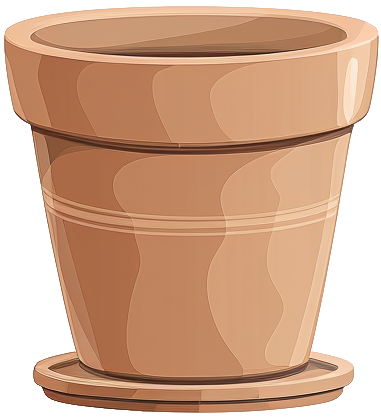- zamioculcas
- zamiifolia
- 'chameleon'

zamioculcas zamiifolia'chameleon'
Care level
Easy
Popularity
Moderate
A unique trait is that its leaves change color over time, appearing in shades of yellow and green and sometimes with a mix of both. This means a single plant can display leaves that are pure yellow, pure green, and leaves that have a yellow and green mix all at the same time.
Care & maintenance
Light
All areas of your interior that are roughly equidistant between shade and sun. These areas benefit from slight brightness throughout the day.
Temperature
Wide range (44.6°F - 100.4°F)
Fertilization frequency
Low
Once per season.
Soil
Choose a Succulent and cactus mix: A well-draining blend with coarse texture. Promotes root health by preventing water-logging and mimicking arid natural habitats.
If you want to create your own substrate, you can make a mixture of the following soils:
Click on the soil name for more information.
Pot

Standard size
Prefer a pot with a classic width/depth ratio.
Incorrect or incomplete information?
In our goal of building the best plant database, we sometimes make mistakes or have incomplete information. You can help us fill these gaps!
Features
Size & growth
Medium
Upright
Moderate growth
This plant grows at a moderate rate. It can reach 1 to 3 feet in height or spread.
It grows upwards without support.
Toxicity
| Cat | |||
|---|---|---|---|
| Dog | |||
| Human |
Reproduction & propagation
Fruits & flowers
Non-flowering & not self-pollinating
The zamioculcas chameleon cannot produce flowers and therefore fruits.
This plant is not capable of self-pollination, it will not be able to produce fruits if it is not pollinated by another individual.



